Learn how you can Unlock Limitless Customer Lifetime Value with CleverTap’s All-in-One Customer Engagement Platform.
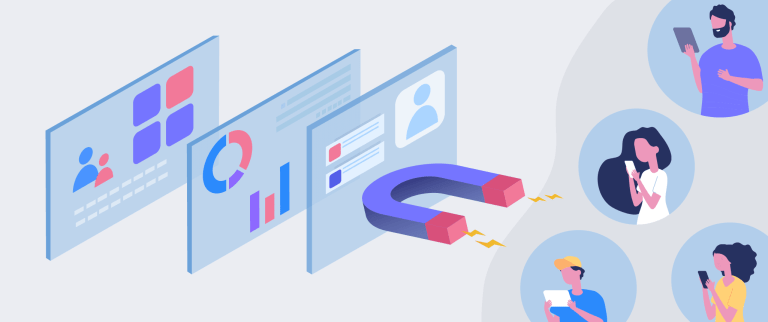
Customer retention is a tremendous area of focus for us at CleverTap. We’ve seen first-hand how startup mobile brands who relentlessly keep retention in their sights outlast those who merely focus on user acquisition.
Which begs the question: what sort of marketing technology stack should a mobile brand have to properly achieve its retention goals?
It would be way too easy to simply fire up a search query for “martech stack examples,” and find a ready-made collection of tools that other brands are using. But sadly, things are never this easy — especially for business. The tools you’ll need for your marketing stack will always depend on the strategy and goals you’ve defined for growth.
So let’s get clear on the goals for your marketing tech.
In a previous blog post, we tackled how marketing technology, specifically mobile marketing automation, is just a single tool in your brand’s arsenal. It’s not a magic bullet that will solve your customer retention challenges. Rather, it must have a strategy and a process in place that can make full use of it.
There are five main goals for any mobile marketing tech stack to achieve user retention KPIs. Your stack should be able to:
If you map those goals out to your marketing stack you can identify any gaps in your toolset.
A great way to aim your marketing stack toward retention is to turn it into an engine for engagement. An excellent model for this is our own Awareness-Interest-Conversion (AIC) framework.
The idea here is that a customer moves from one layer to the next. The user engages with your app on a surface level while in the awareness layer. Then the user moves to the interest layer where they see the value of your app and become more habitual in its usage. Ultimately, the end goal is to get them to the conversion layer, where a purchase (or a share, or a favorite, or a referral — whichever you deem to be the conversion event) is accomplished.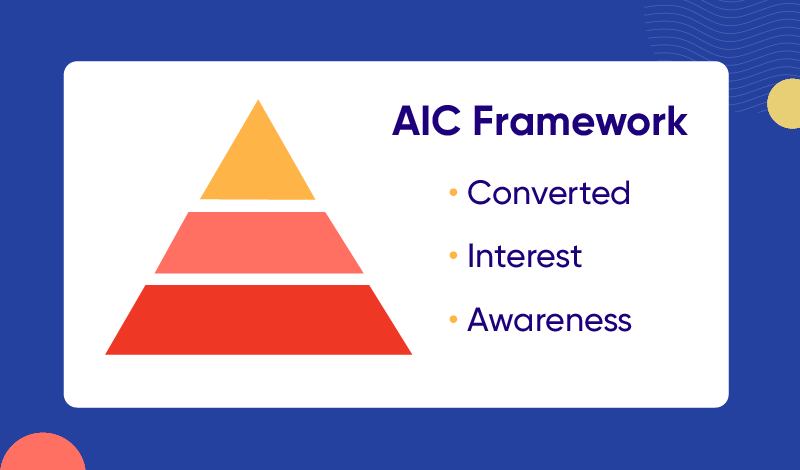
In AIC, awareness (or acknowledgement) refers to the initial — and usually brief — interactions between a prospect and a brand. These are the actions that make your users more aware of your brand and your messaging. They include anything from opening an email generated by your app to clicking on a push notification. Users who click or engage are those you want to move to the next stage: habitual, long-lasting interest.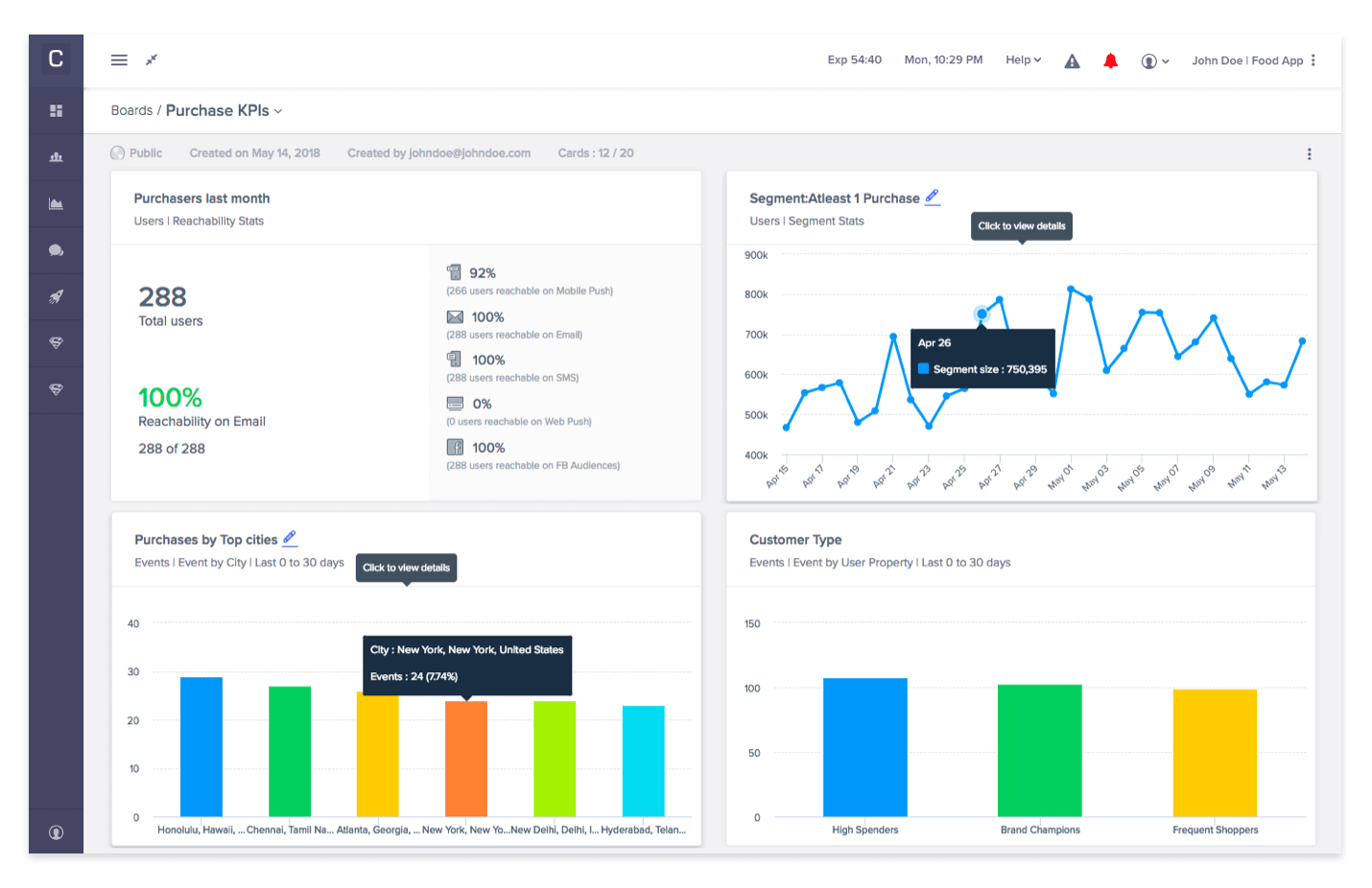
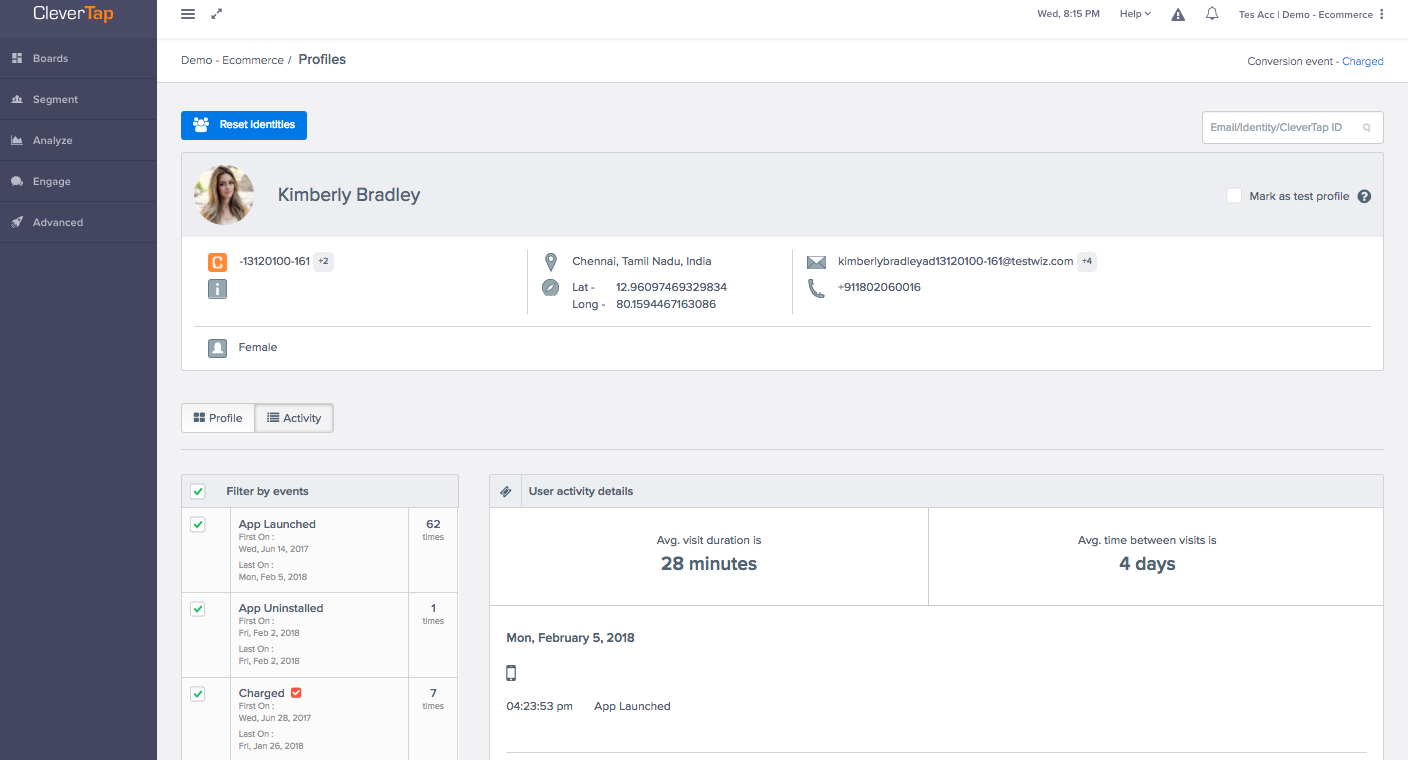

With the AIC framework, you move a user from the acknowledgement layer to the interest layer. At this point, you should be analyzing the behavior of users who are en route to conversion and in the process, measuring and gauging their level of interest in your product.
To move your users into this layer, you need engagement tools that deliver marketing campaigns with surgical precision. These tools should continuously feed the data of who is clicking on what back into your analytics software so you can improve your efforts or even pivot in real time when users aren’t reacting positively to your message.
The final layer in the AIC framework is conversion, the goal of every campaign. The tricky part is defining what your brand considers a conversion event. Is it a download, a purchase, a share, or something else?
Don’t limit yourself to thinking that conversion equals payment. It can vary depending on your industry and type of app. For example, social media apps may consider sharing an update to a news feed as a conversion event. Mobile games, on the other hand, might consider completing a level a conversion.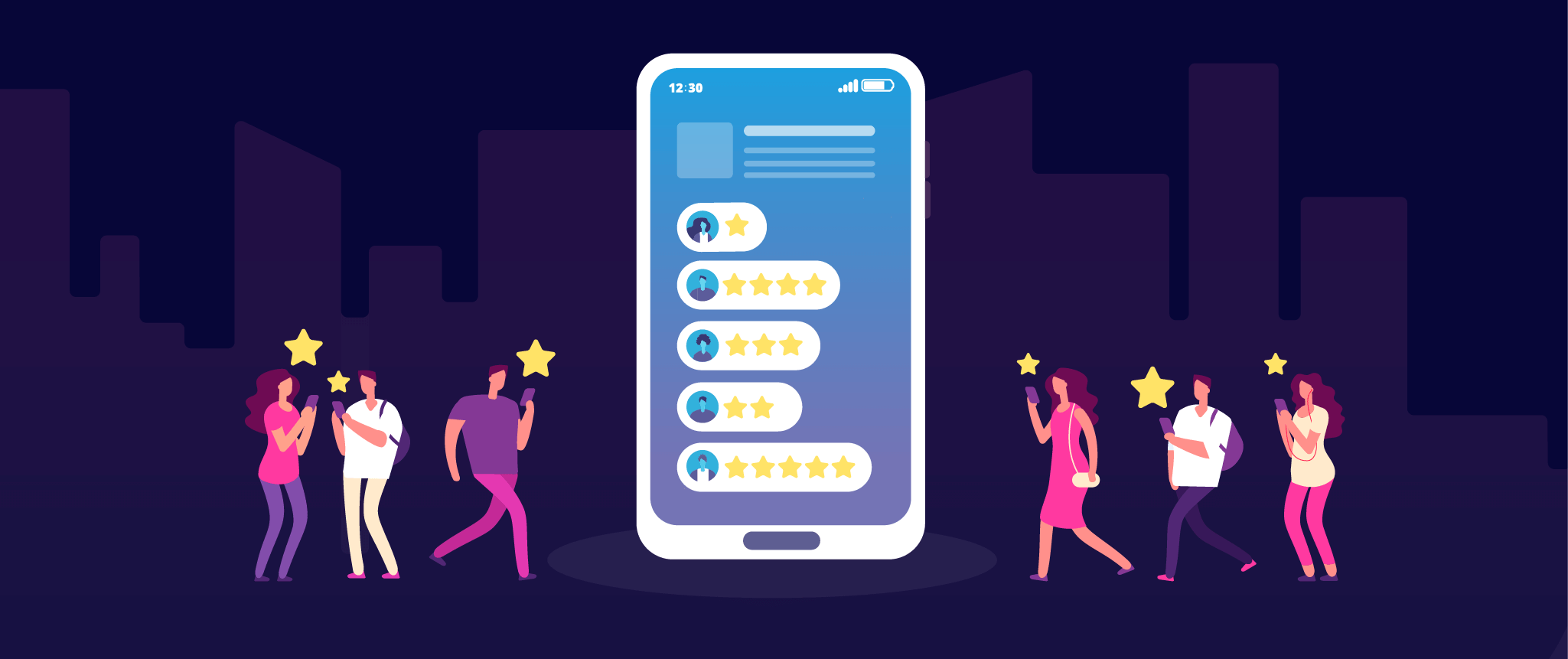
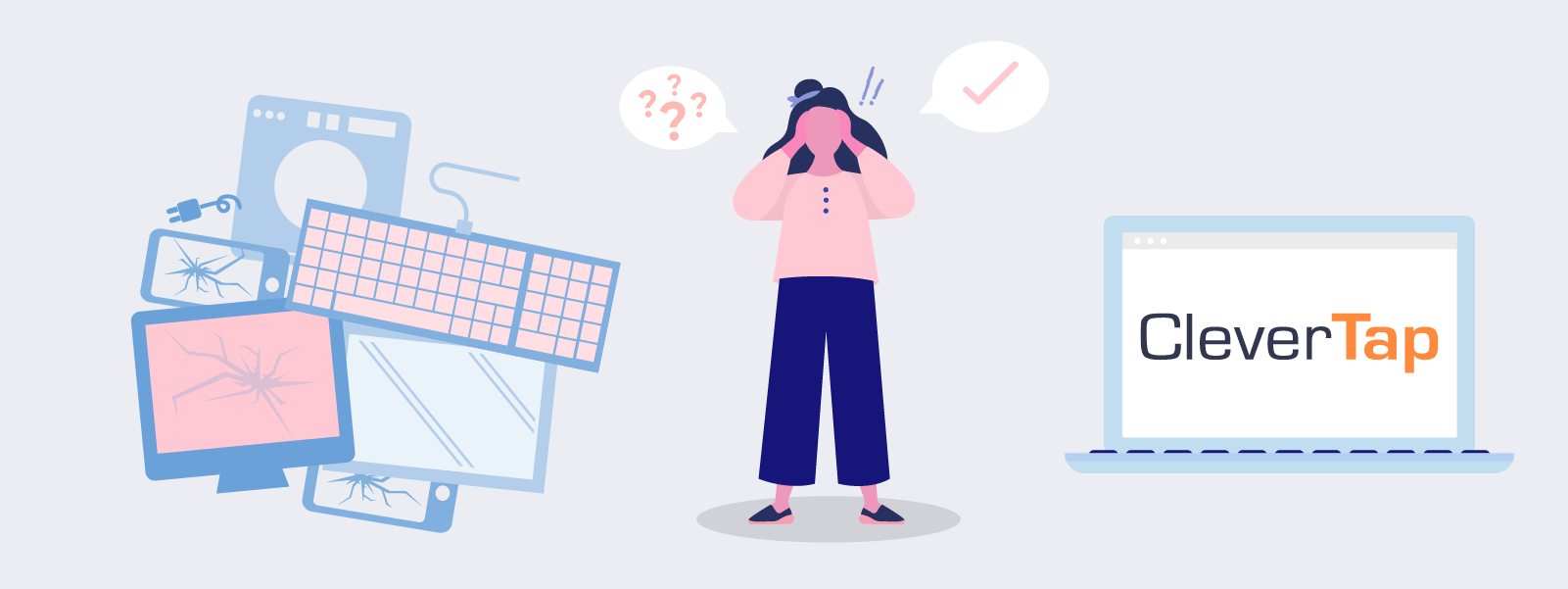
If you haven’t noticed by now, you’ll see that in almost every list of martech stack examples that we provide above, CleverTap is present. That’s because our mobile marketing platform allows you to do everything crucial to your user retention efforts in one place.
Our platform can auto-segment your users based on their behavior and engagement. You get mobile analytics as well as an engagement suite so you can move from identifying segments to sending them push notifications or emails within the same tool. And you can see in real time whether your efforts are effectively engaging your audience so that you can perfect even live campaigns.
Building a mobile marketing tech stack is a challenge for any organization. But it gets infinitely easier if, instead of assembling a stack composed of 10 to 15 different tools, you find one platform with all the tools you need.
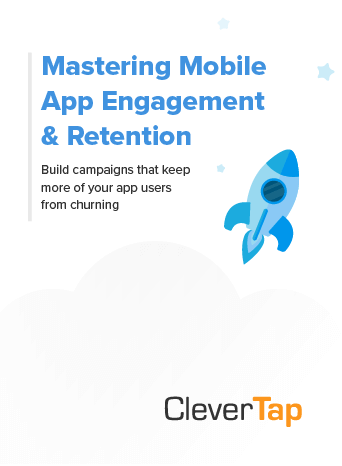
Mastering Mobile App Engagement & Retention